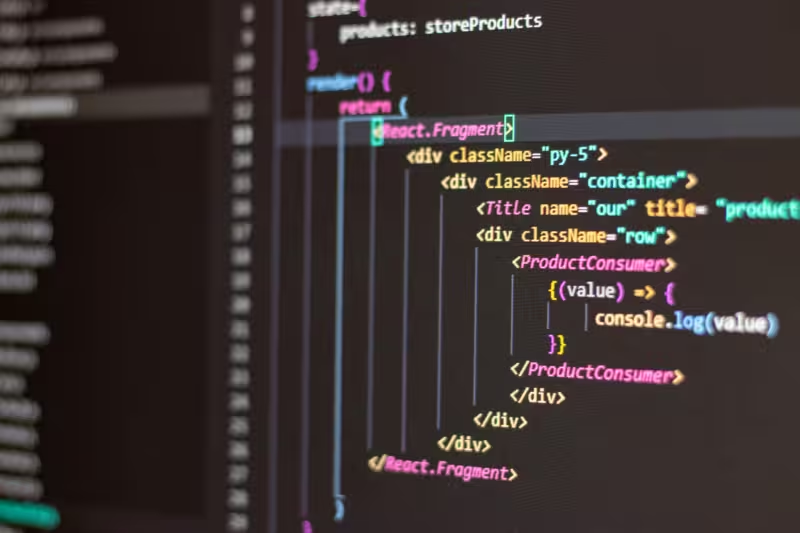The iGaming industry has experienced tremendous growth over the past few years, driven by technological advancements and increasing demand for online gaming.
As a result, developing robust and engaging iGaming software has become crucial for businesses aiming to capitalize on this lucrative market.
This comprehensive guide will walk you through the iGaming software development life cycle, detailing each phase to help you understand the process and ensure your project’s success.
Understanding the iGaming Software Development Life Cycle
The iGaming software development life cycle encompasses a series of phases that transform an initial concept into a fully functional gaming platform.
Each phase is critical and requires careful planning and execution to deliver a high-quality product that meets market demands and regulatory standards.
Key Phases of iGaming Software Development
1. Requirement Analysis
Firstly, the development process begins with requirement analysis. This phase involves gathering and analyzing all necessary information to understand the project’s scope, objectives, and requirements. Stakeholders, including business analysts, project managers, and developers, collaborate to outline the functional and non-functional requirements.
Key Activities:
- Identifying target audience and market needs
- Defining game features and functionalities
- Establishing technical and operational requirements
- Assessing regulatory compliance and security standards
2. Planning and Design
Once the requirements are clear, the next step is planning and design. This phase involves creating a detailed project plan, including timelines, resources, and budget. Concurrently, the design team works on creating the architecture of the software, including the user interface (UI) and user experience (UX) designs.
Key Activities:
- Developing a project roadmap and timeline
- Allocating resources and setting a budget
- Creating wireframes and prototypes
- Designing UI/UX elements to ensure an engaging player experience
3. Development
After planning and design, the actual development of the iGaming software begins. This phase is where developers write the code and build the software according to the design specifications. During this stage, it’s crucial to maintain open communication between the development team and other stakeholders to ensure the project stays on track.
Key Activities:
- Writing and reviewing code
- Integrating third-party APIs and services
- Implementing game logic and mechanics
- Conducting regular progress reviews and updates
4. Testing and Quality Assurance
Once the development phase is complete, the software undergoes rigorous testing to identify and fix any bugs or issues. Quality assurance (QA) teams perform various types of testing, including functional, performance, and security testing, to ensure the software meets all requirements and standards.
Key Activities:
- Conducting unit and integration testing
- Performing usability and performance testing
- Ensuring compliance with regulatory standards
- Fixing identified bugs and issues
5. Deployment
After successful testing, the software is ready for deployment. This phase involves launching the software to the live environment, making it accessible to users. Additionally, this phase includes preparing for user support and maintenance to address any issues that may arise post-launch.
Key Activities:
- Deploying the software to production servers
- Setting up monitoring and support systems
- Training customer support teams
- Planning for future updates and improvements
6. Maintenance and Updates
The final phase of the iGaming software development life cycle is maintenance and updates. After deployment, it’s essential to continuously monitor the software for performance and security issues. Regular updates and improvements are necessary to keep the software competitive and ensure a high-quality user experience.
Key Activities:
- Monitoring software performance and user feedback
- Implementing security patches and updates
- Adding new features and enhancements
- Providing ongoing technical support and troubleshooting
Conclusion
In conclusion, mastering the iGaming software development life cycle is essential for creating successful and engaging gaming platforms. Developers can ensure their software meets market demands and regulatory standards by following each phase meticulously—from requirement analysis to maintenance and updates.
This structured approach enhances the final product’s quality and drives business growth and user satisfaction in the competitive iGaming industry.
Frequently Asked Questions (FAQs)
What is the iGaming software development life cycle?
The iGaming software development life cycle is a series of phases that guide the development of gaming software from initial concept to final deployment and maintenance. It includes requirement analysis, planning and design, development, testing, deployment, and maintenance.
Why is requirement analysis important in iGaming software development?
Requirement analysis is crucial as it helps in understanding the project’s scope, objectives, and requirements. It ensures that all stakeholders have a clear understanding of what needs to be developed, leading to a more organized and efficient development process.
How does planning and design impact the development process?
Planning and design provide a roadmap and blueprint for the development process. They ensure that resources are allocated efficiently, timelines are set, and the software’s architecture and user interface are well-defined, leading to a smoother development phase.
What types of testing are involved in the testing and quality assurance phase?
The testing and quality assurance phase involves various types of testing, including unit testing, integration testing, usability testing, performance testing, and security testing. These tests ensure that the software is functional, secure, and user-friendly.
What happens during the deployment phase?
During the deployment phase, the software is launched to the live environment, making it accessible to users. This phase also includes setting up monitoring and support systems, training customer support teams, and preparing for future updates and improvements.
Why is maintenance and updates important in iGaming software development?
Maintenance and updates are vital to ensure the software remains competitive and functional. Regular updates add new features and enhancements, while maintenance addresses performance and security issues, ensuring a high-quality user experience.






